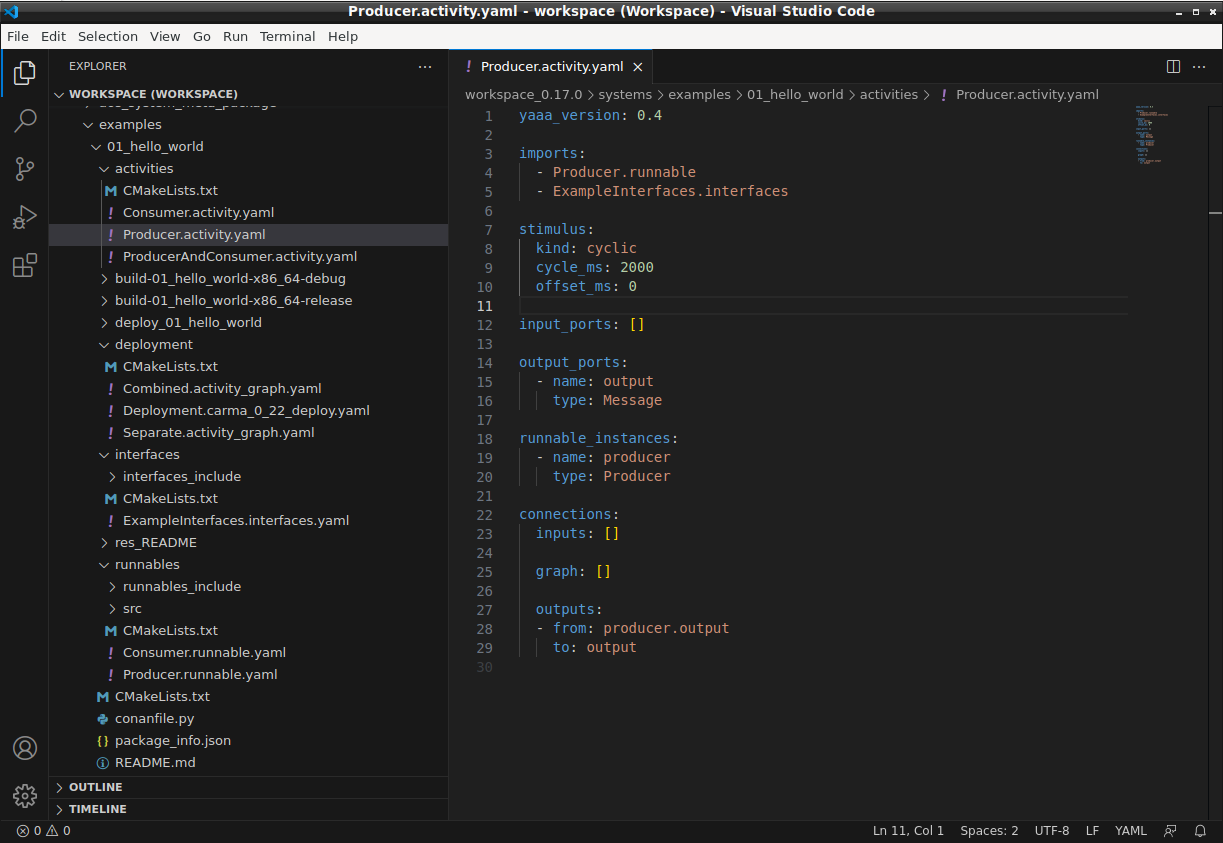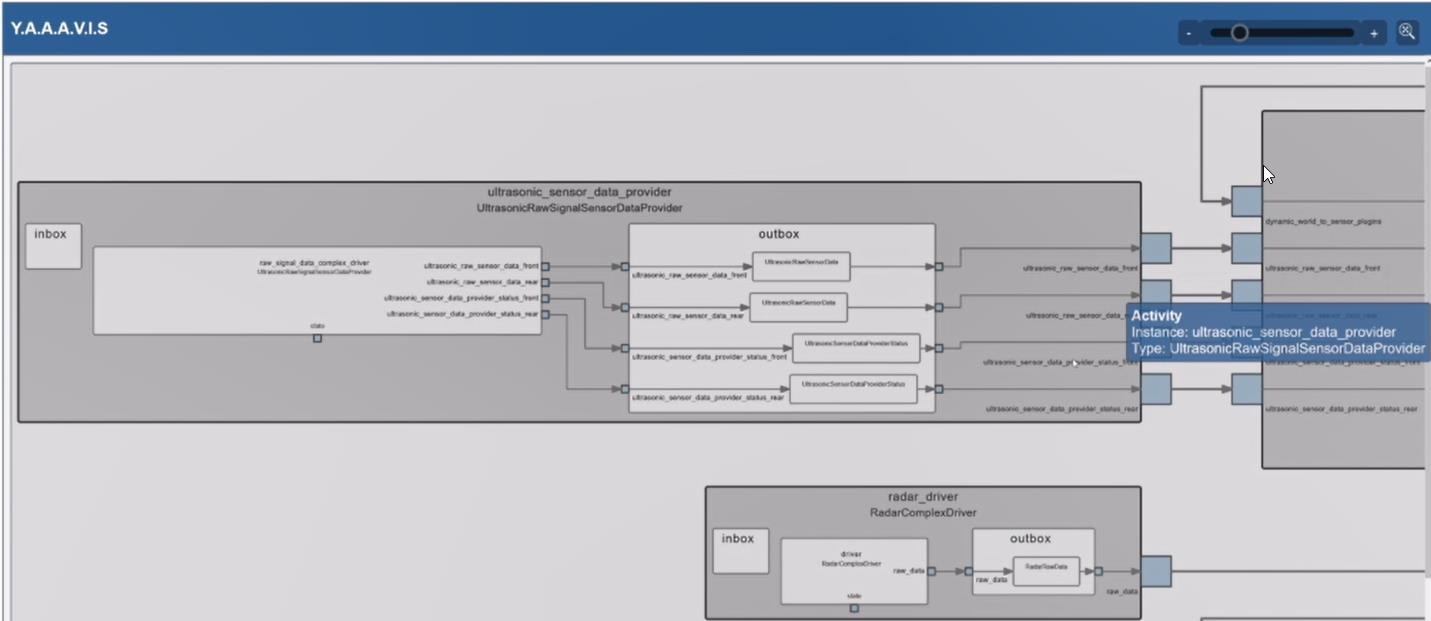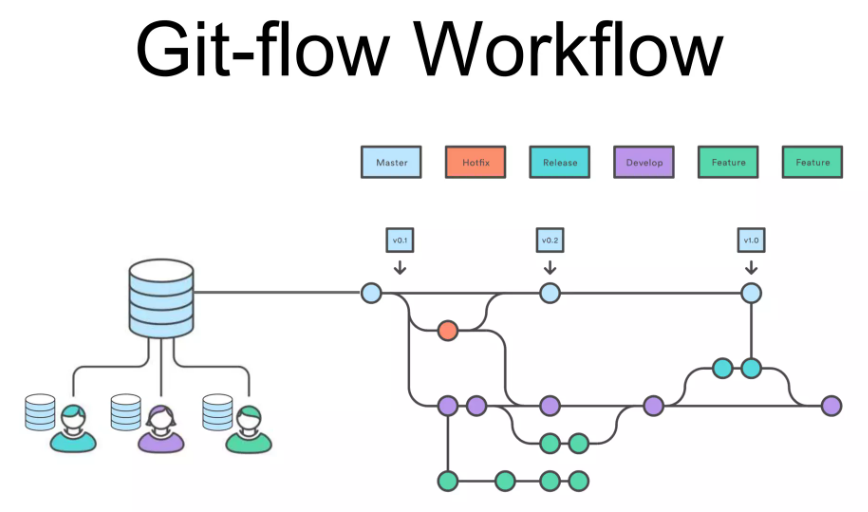ETAS DMS for feature developers: Reduced development complexity. Fast debugging with real vehicle data.
Feature developers play a crucial role in designing, implementing, and testing various functionalities and capabilities of the autonomous or semi-autonomous vehicles. These features are designed to assist the driver, improve safety, and enhance the overall driving experience.
Algorithm Development
Feature developers design and develop algorithms that enable the ADAS/AD system to perceive, interpret, and respond to the environment. This includes computer vision algorithms, sensor fusion techniques, decision-making algorithms, and machine learning models.
Simulation and Testing
Before deploying features in real vehicles, extensive simulation and testing are required.
Feature developers create simulation environments and test scenarios to evaluate the performance and robustness of their algorithms under various conditions and edge cases.
Software Implementation
Feature developers are responsible for implementing the designed algorithms in software. They write code, often in C++, Python, or other programming languages, to integrate the algorithms into the overall ADAS/AD software stack.
How ETAS DMS supports feature developers
During the design of ETAS DMS, one of our primary goals is to leverage the efficiency of ADAS/AD feature developers.
Code
ETAS DMS does not provide an editor or integrated development environment itself. Instead, feature developers can use the tools of their choice.
However, ETAS DMS is optimized for Visual Studio Code, one of the most popular IDEs today.
Benefits
- Make use of the rich ecosystem of extensions of VS Code, e.g. for C++ or Python development
- The VS Code extension provides convenience features for editing YAAA files

Understand

YAAA-Vis allows developers to understand dependencies and data flows between activities and runnables.
Benefits
- Interactive graphical visualization with convenience features (search, zooming, navigation)
- Always up-to-date through automatic generation from architecture description files
Analyze
Robolyzer enables developers to analyze the execution behaviour and data flow in multi ECU systems for automated driving applications.
Benefits
- Comparison of multiple measurements over time to evaluate the evolution of software components.
- Detailed investigation of recorded behaviour to the level of the single executions and the data flow between the executions through GANTT chart like visualization

Replay

Collaborate
Everything-as-code: Architecture description files (YAAA), code (C++, Python), configuration files, make files, etc. can all be together in central Git-repositories, allowing for efficient collaboration used in modern, agile software development.
Benefits
- Git-based workflows with pull-requests allow to contribute changes.
- Agile software development principles

Efficiency gains
- Efficient collaboration of large teams - within and across organizations
- Massive time saving in finding and fixing bugs with the help of forensic recompute
- Seamless collaboration with other roles (e.g., software architects, validation & verification engineers)